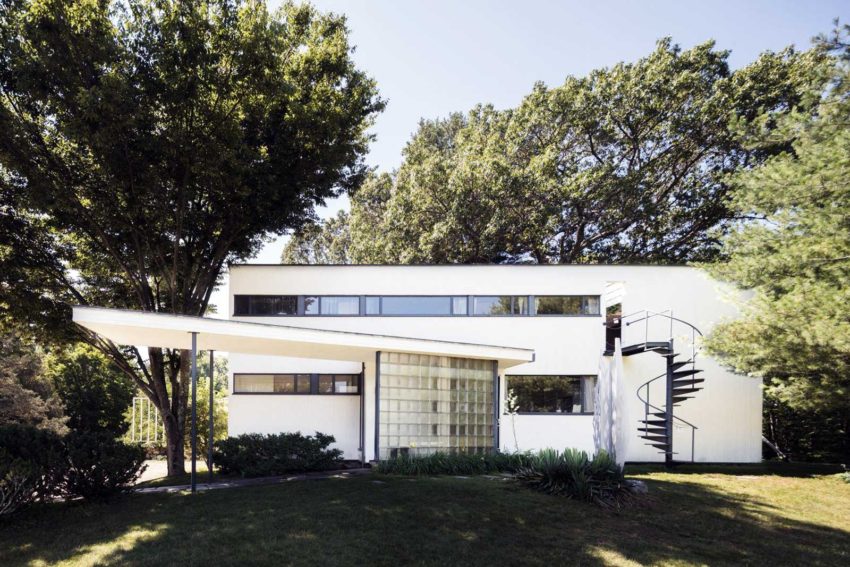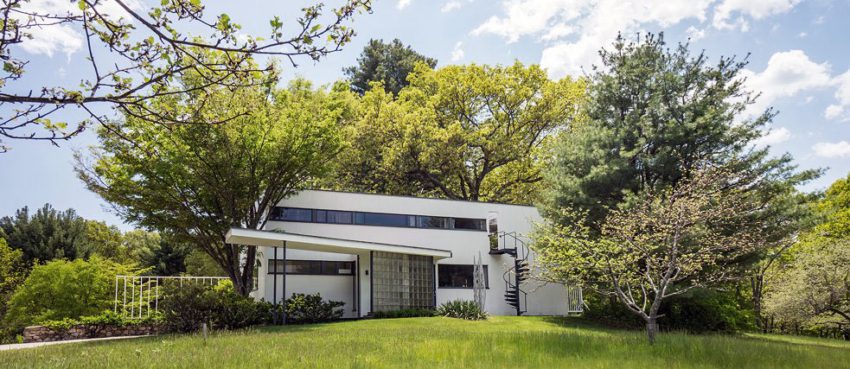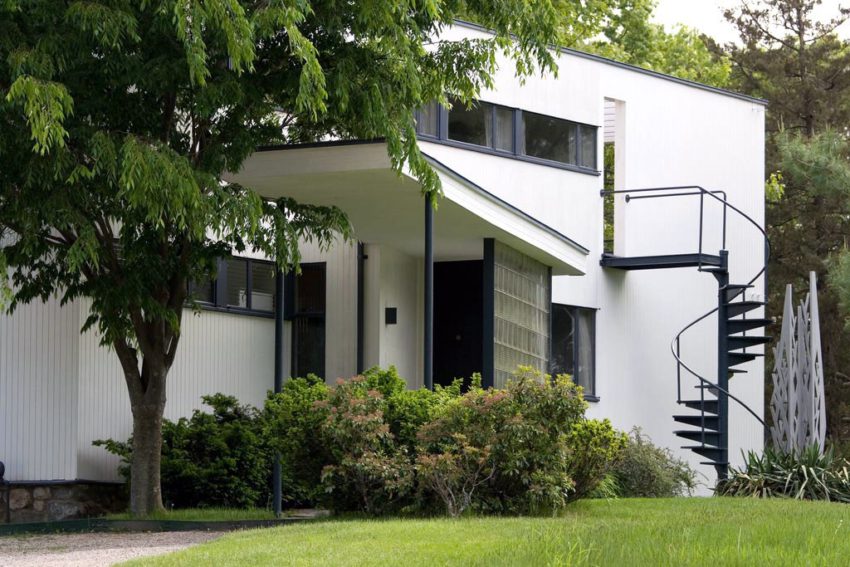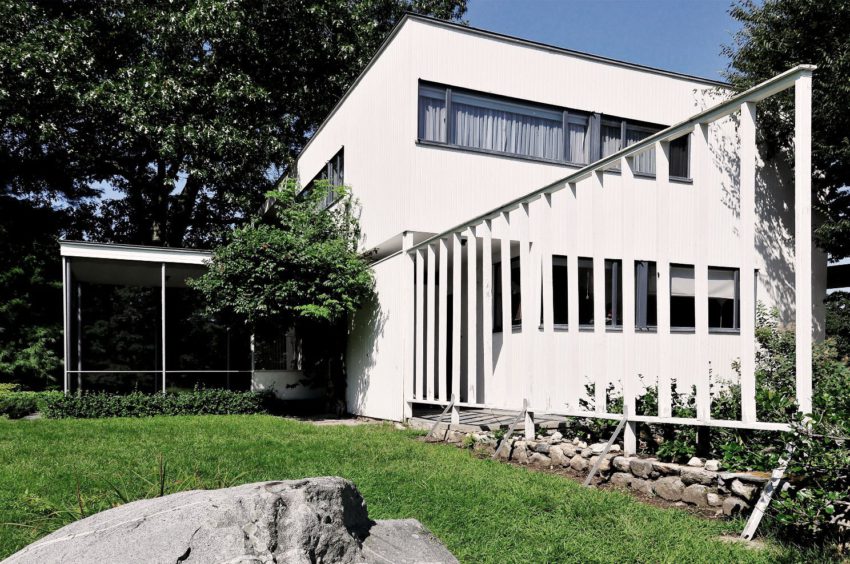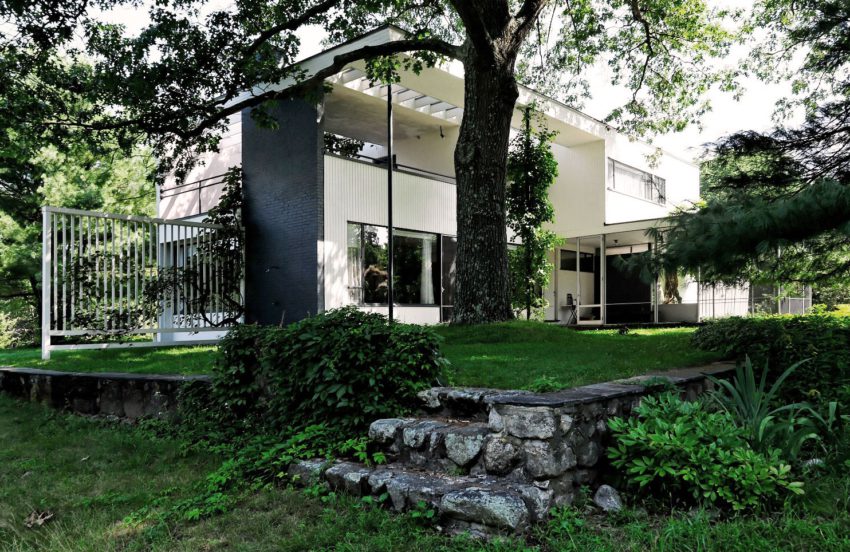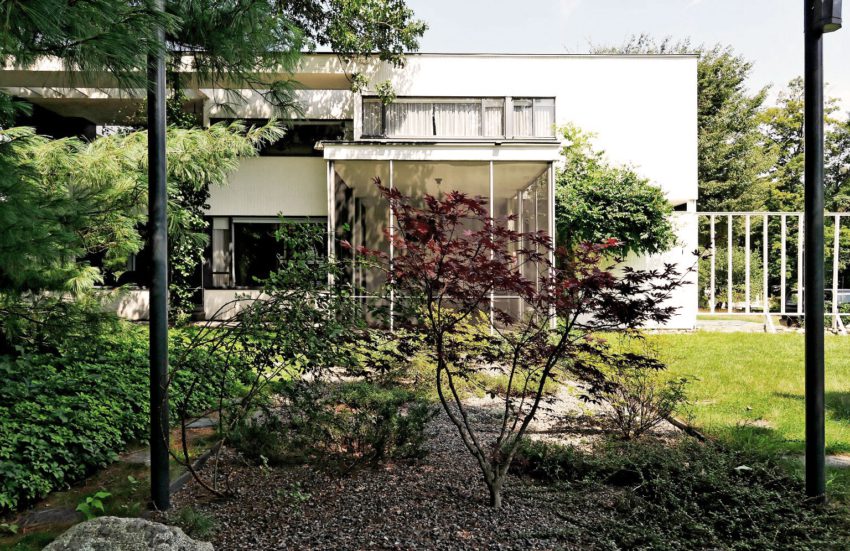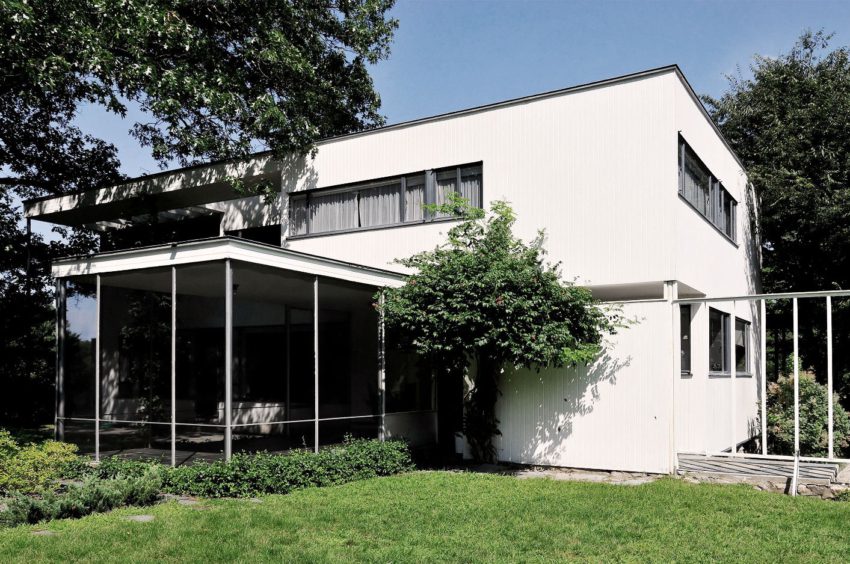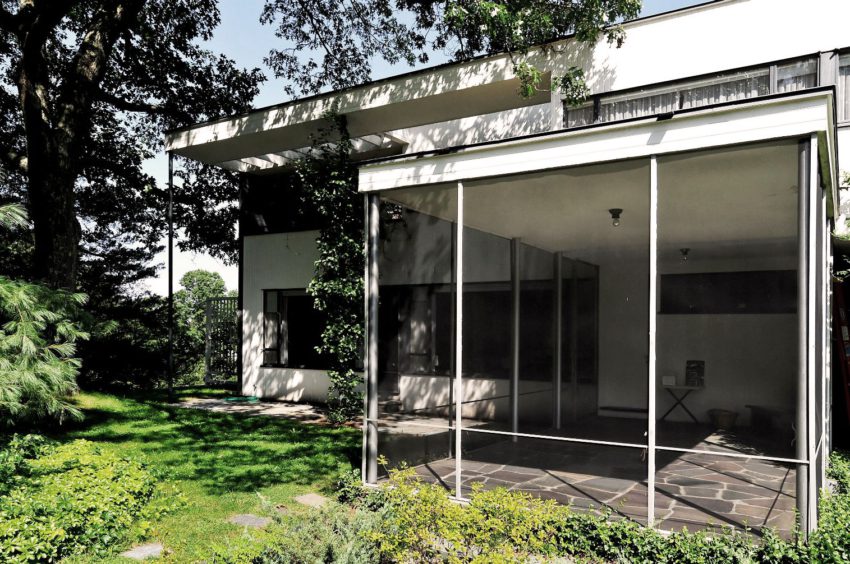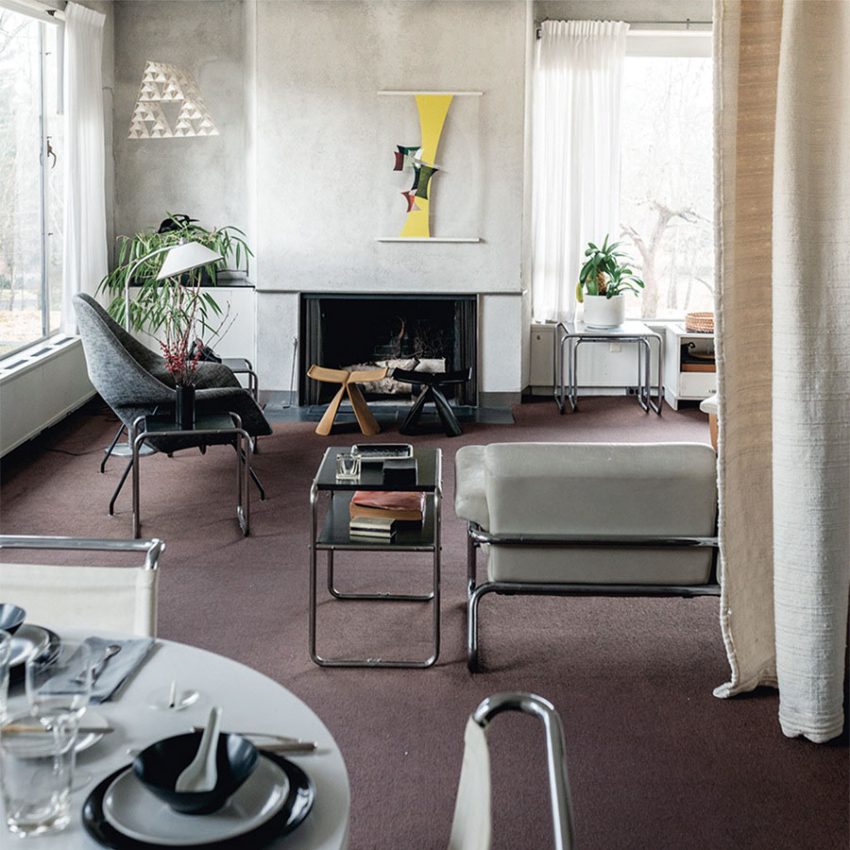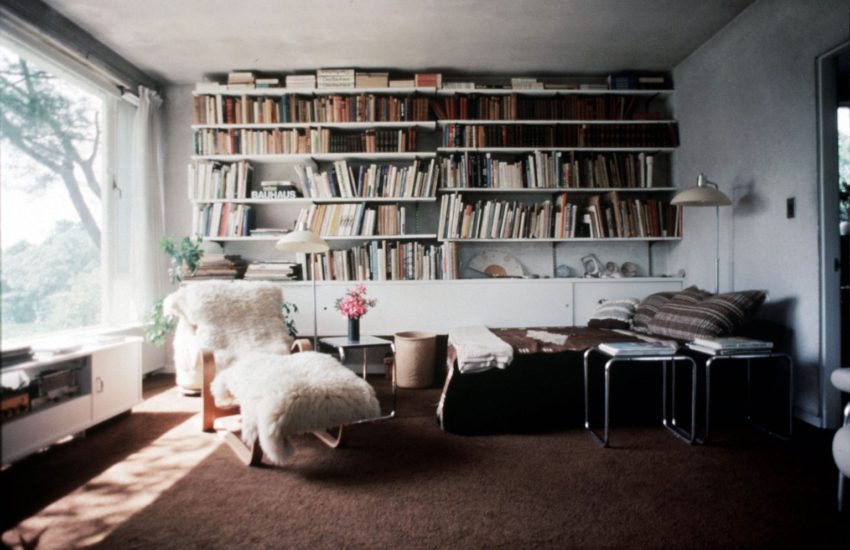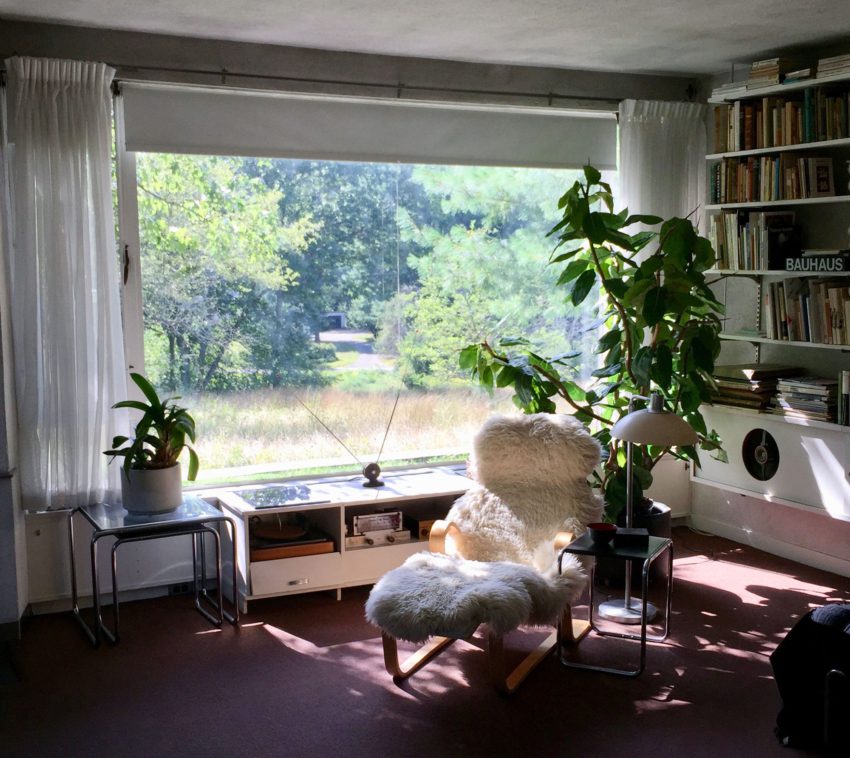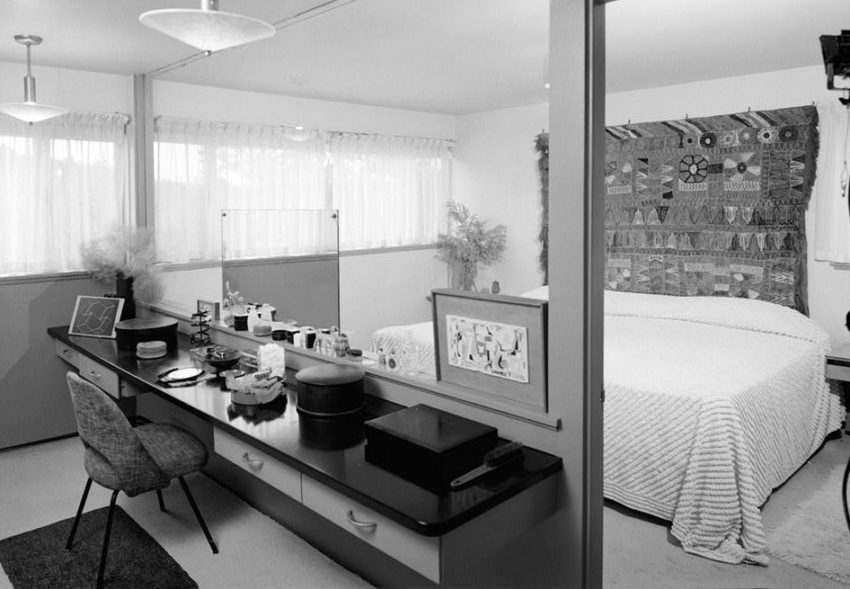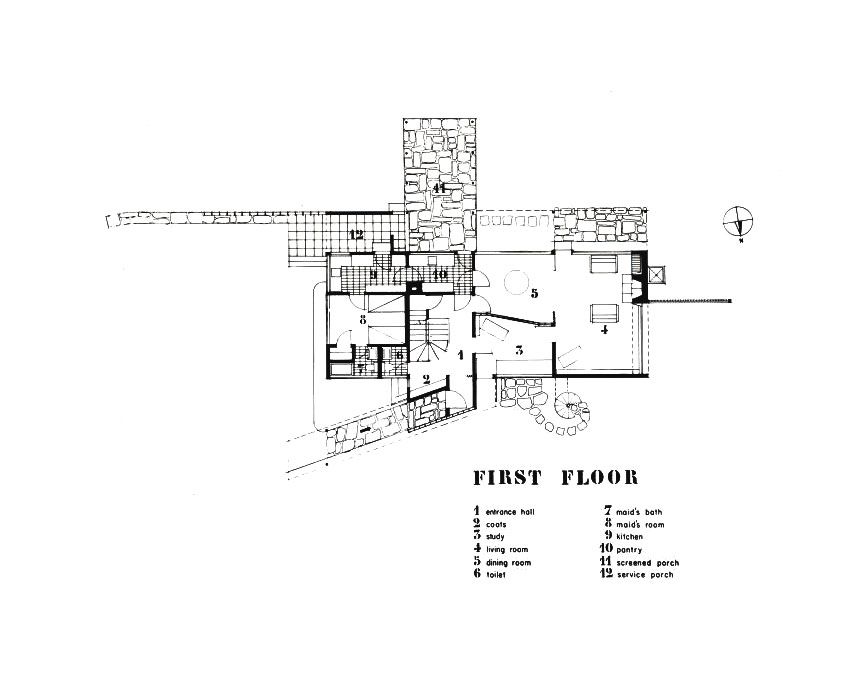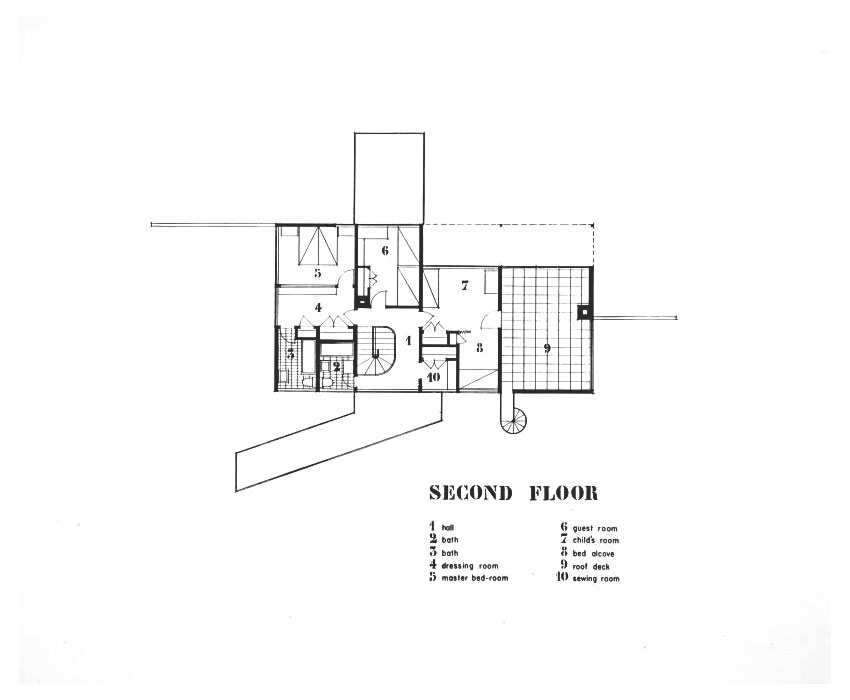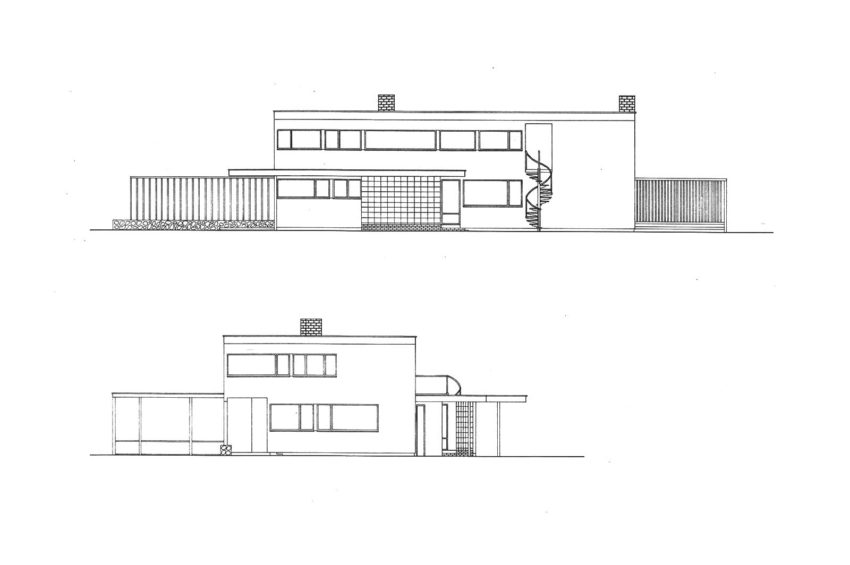In 1938, Walter Gropius completed his family residence in Lincoln, Massachusetts, which marked his first architectural commission in the United States after he began teaching at Harvard University’s Graduate School of Design. The Gropius House is an outstanding example of Modernist architecture that features innovative design concepts, including the integration of interior and exterior spaces and the use of industrial materials.
After Gropius passed away, the house was purchased by Mrs. James J. Storrow, a generous benefactor who recognized the cultural significance of the residence. In 1984, Historic New England, a non-profit conservation trust, acquired the property and undertook an extensive restoration effort to preserve the house’s original design and historical value.
Today, the Gropius House is open to the public and offers visitors a unique glimpse into the life and work of one of the most influential architects of the 20th century. The house features original furniture and decorative arts, as well as an extensive collection of Bauhaus-related materials, showcasing Gropius’s commitment to integrating art and design. The Gropius House is a true testament to Walter Gropius’s pioneering vision and a must-visit destination for architecture enthusiasts and history buffs alike.
Gropius House Technical Information
- Architects: Walter Gropius
- Location: 68 Baker Bridge Road, Lincoln, Massachusetts, United States
- Topics: American houses, Modernism, Total White
- Project Year: 1937-1938
- Photographs: Via Luna Archives
We want to create the purely organic building, boldly emanating its inner laws, free of untruths or ornamentation.
– Walter Gropius
Gropius House Photographs
The site for the house is set adjacent to the main road that cuts through the town. It is set amid fields, forests, and farmhouses. Walter Gropius chose the area because of its proximity to Concord Academy, which his daughter, Ati, attended. It remained Gropius’ home from 1938 until he died in 1969. Gropius used the new home to showcase his Harvard students, an example of modernist landscape architecture in America. Following the Bauhaus principles, every aspect of the house and its surroundings was planned to maximize efficiency and simplicity.
The Gropius House mixes up the traditional materials of New England architecture (wood, brick, and fieldstone) with industrial materials such as glass block, acoustic plaster, and chrome banisters. The house structure consists of a traditional New England post and beam wooden frame, sheathed with white painted tongue and vertical groove siding. Traditional clapboards are used in the interior foyer but are applied vertically. Striking as it is, the house was built with economy in mind. The house caused a sensation when built; it was a hybrid of the traditional New England aesthetic and the Bauhaus’s modernist teachings.
The house Gropius built for himself at Lincoln, Mass, stands on one of the most charming sites of New England, on the crest of a hill in the midst of an orchard of 90 apple trees, only half an hour’s ride by car from Harvard. Mrs. Storrow, owner of all the land round about, left Walter Gropius quite free to select the site for the house that she was to finance. It is fitted unobtrusively into the landscape while, at the same time, overlooking its surroundings.”
– S. Giedion.1
House Interior
Regarding the interior of the house, Gropius did not consider the New England architectural vernacular; instead, the interior is a mix of fabricated pieces from the Bauhaus and furniture by Marcel Breuer.
Like the work that was happening simultaneously in Europe, the house employs an open spatial organization that filters light throughout the large windows. The architect used a minimalist color palette throughout the interior consisting of black, white, pale greys, and earth tones with only faint red splashes.
In 2000, the house became a National Landmark, which is a testament to the influence of Walter Gropius’s life work. With all the family possessions still in place, the house has an immediacy rarely found in house museums. Several programs and events are held at the Gropius House throughout the year.
Gropius House Plans
Gropius House Image Gallery





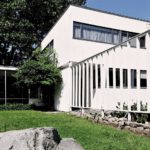
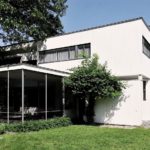
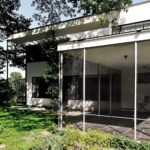
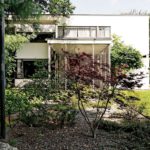
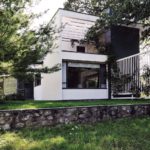
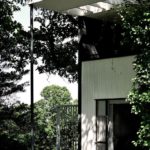
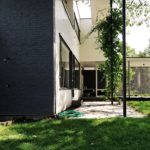
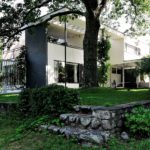
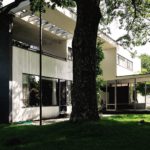
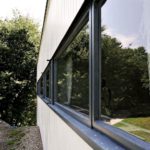

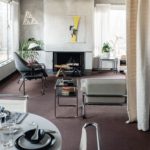


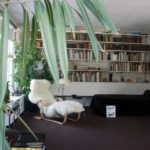
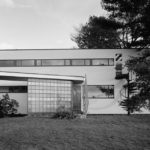
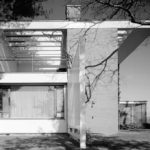
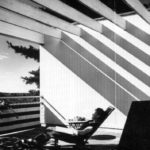
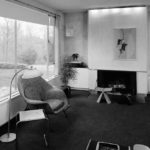

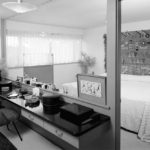
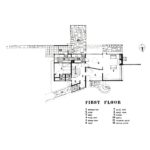
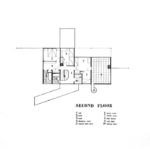
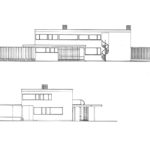
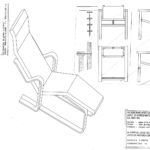
About Walter Gropius
Walter Gropius (1883 – 1969) was a prominent and widely influential artist of the 20th century regarding the development of modern architecture. He was a founder and the first director of the Bauhaus, for which he remained committed for the rest of his life. The Bauhaus was an art laboratory where the traditional crafts were merged with modern postulates enabling various disciplines to interconnect in an entirely new way.
Gropius was a great visionary manager who succeeded in making art a social concern during the post-war vicissitudes. His size is also reflected in his ability to continue his career in exile in America as an avant-garde architect.
Other works from Walter Gropius
- S. Giedion. Walter Gropius: Work and Teamwork. p71.

